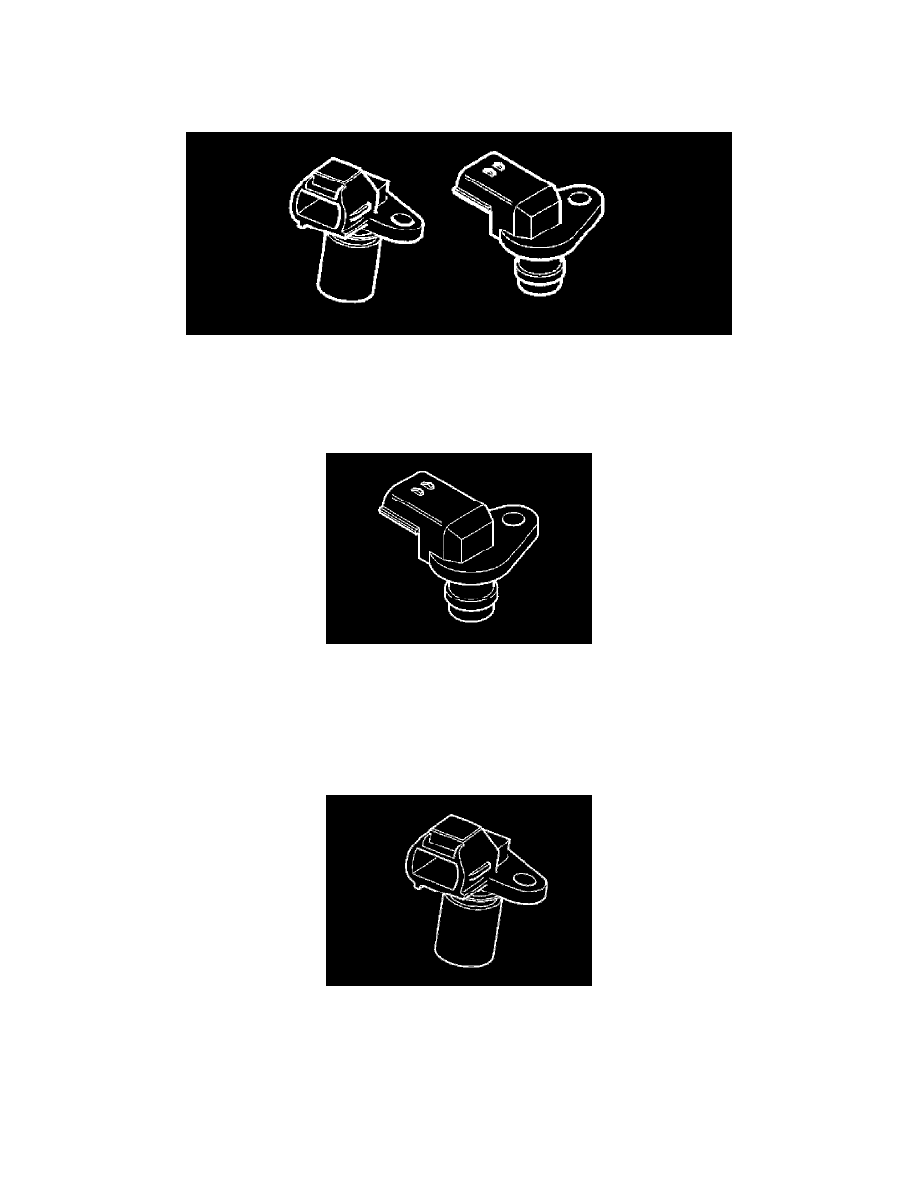V50 AWD L5-2.5L Turbo VIN 68 B5254T3 (2005)

Variable Valve Timing Actuator: Description and Operation
Detecting the Position of the Camshaft (Camshaft Timing Changes)
Detecting The Position Of The Camshaft (camshaft Timing Changes)
In order to detect the position of the camshaft (camshaft timing) in relation to the crankshaft, the engine control module (ECM) uses the signals from the
engine speed (RPM) sensor (the position of the crankshaft) and from the camshaft position (CMP) sensor (the position of the camshaft). The control
module uses these two signals to determine the position of the camshaft in relation to the position of the crankshaft.
Detecting the camshaft flanks
The camshaft is divided into four flanks per revolution of the camshaft (flanks 1-4). The flanks are detected by the camshaft position (CMP) sensor. The
signal affects the shape of the camshaft rotor.
The teeth on the camshaft pulse wheel for camshaft flanks 1 and 4 are shorter than the other teeth. This enables the control module to determine the
position of the camshaft. The control module is able to establish which combustion cycle the cylinders are in.
Detecting the reference positions of the camshaft
The crankshaft has four reference positions, one for each camshaft flank. The reference positions are predetermined points on the flywheel. The
reference positions are detected using the signal from the engine speed (RPM) sensor.
The camshaft turns at half the speed of the crankshaft. This means that two reference positions are detected for each turn of the crankshaft. Therefore two
engine revolutions are required to detect all flanks on the camshaft. The positions on the flywheel are designated degree CA (Crank angle). 0 degree CA
= Top dead center cylinder 1. Flanks 3 and 4 are detected during the second revolution of the engine.
Detecting the position of the camshaft in relation to the position of the crankshaft
